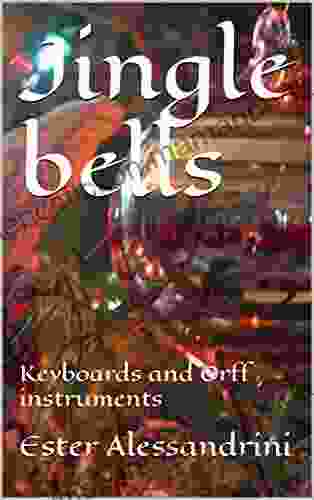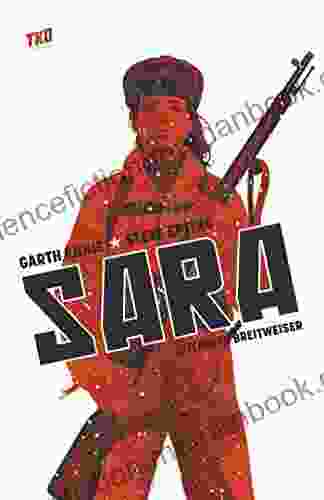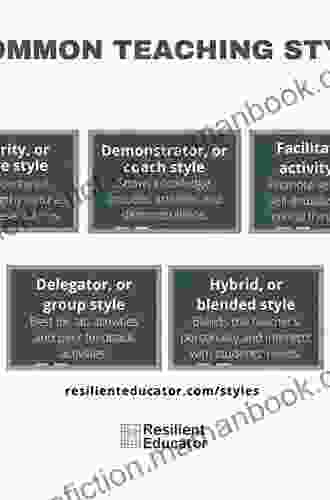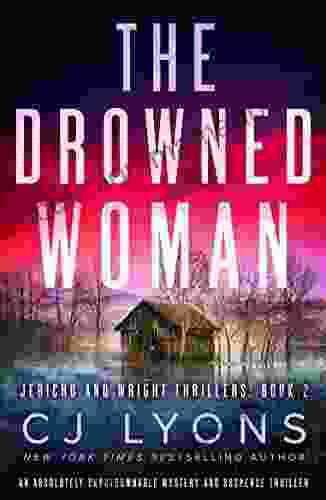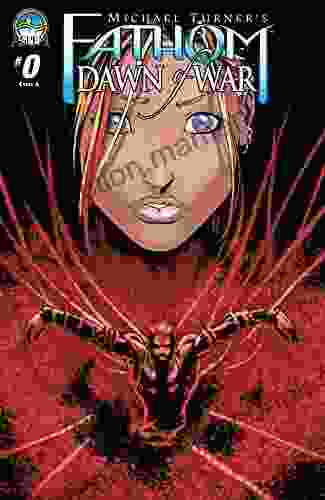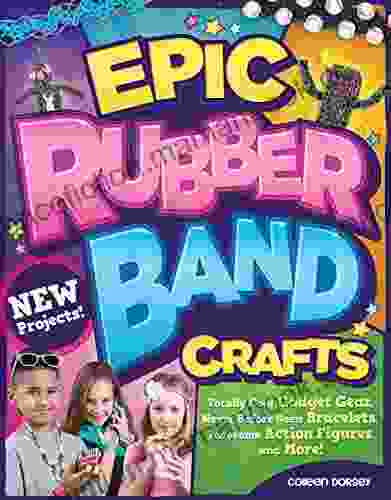Keyboards and Orff Instruments: A Guide to Music for Small Ensembles

Keyboards and Orff instruments are two great choices for creating music with small ensembles. Keyboards provide a wide range of sounds and can be used to create both melody and harmony. Orff instruments are percussion instruments that can be used to create a variety of rhythms and soundscapes.
This guide will provide you with everything you need to know to use keyboards and Orff instruments to create music for small ensembles. We will cover everything from choosing the right instruments to creating arrangements and teaching students.
The first step in creating music for small ensembles is to choose the right instruments. The following are some factors to consider when choosing instruments:
4.3 out of 5
| Language | : | English |
| File size | : | 3096 KB |
| Screen Reader | : | Supported |
| Print length | : | 506 pages |
- The size of the ensemble. The number of instruments you need will depend on the size of your ensemble. A small ensemble may only need a few keyboards and Orff instruments, while a larger ensemble may need more.
- The level of experience of the musicians. If your musicians are new to playing, you will want to choose instruments that are easy to learn. Keyboards and Orff instruments are both relatively easy to learn, so they are a good choice for beginners.
- The type of music you want to play. Different instruments are suited for different types of music. Keyboards are a good choice for playing a wide variety of music, including classical, pop, and jazz. Orff instruments are a good choice for playing folk music, world music, and contemporary music.
Once you have considered these factors, you can start choosing the right instruments for your ensemble.
Once you have chosen your instruments, the next step is to create arrangements. Arrangements are the musical blueprints that tell the musicians what to play.
When creating arrangements, it is important to keep the following in mind:
- The level of experience of the musicians. If your musicians are new to playing, you will want to create arrangements that are easy to follow.
- The type of music you want to play. Different arrangements are suited for different types of music. Some arrangements are more suited for classical music, while others are more suited for pop or jazz.
- The length of the arrangement. The length of the arrangement will depend on the size of your ensemble and the level of experience of the musicians.
Once you have considered these factors, you can start creating arrangements.
If you are teaching students to play keyboards or Orff instruments, it is important to be patient and encouraging. The following are some tips for teaching students:
- Start with the basics. Begin by teaching students the basics of playing the instrument. This includes teaching them how to hold the instrument, how to produce sound, and how to read music.
- Be patient. Learning to play an instrument takes time and practice. Be patient with your students and encourage them to keep practicing.
- Make it fun. Learning to play music should be fun. Find ways to make your lessons enjoyable for your students.
Keyboards and Orff instruments are two great choices for creating music with small ensembles. This guide has provided you with everything you need to know to use these instruments to create music. With a little practice and patience, you can create beautiful music with your ensemble.
4.3 out of 5
| Language | : | English |
| File size | : | 3096 KB |
| Screen Reader | : | Supported |
| Print length | : | 506 pages |
Do you want to contribute by writing guest posts on this blog?
Please contact us and send us a resume of previous articles that you have written.
 Top Book
Top Book Novel
Novel Fiction
Fiction Nonfiction
Nonfiction Literature
Literature Paperback
Paperback Hardcover
Hardcover E-book
E-book Audiobook
Audiobook Bestseller
Bestseller Classic
Classic Mystery
Mystery Thriller
Thriller Romance
Romance Fantasy
Fantasy Science Fiction
Science Fiction Biography
Biography Memoir
Memoir Autobiography
Autobiography Poetry
Poetry Drama
Drama Historical Fiction
Historical Fiction Self-help
Self-help Young Adult
Young Adult Childrens Books
Childrens Books Graphic Novel
Graphic Novel Anthology
Anthology Series
Series Encyclopedia
Encyclopedia Reference
Reference Guidebook
Guidebook Textbook
Textbook Workbook
Workbook Journal
Journal Diary
Diary Manuscript
Manuscript Folio
Folio Pulp Fiction
Pulp Fiction Short Stories
Short Stories Fairy Tales
Fairy Tales Fables
Fables Mythology
Mythology Philosophy
Philosophy Religion
Religion Spirituality
Spirituality Essays
Essays Critique
Critique Commentary
Commentary Glossary
Glossary Bibliography
Bibliography Index
Index Table of Contents
Table of Contents Preface
Preface Introduction
Introduction Foreword
Foreword Afterword
Afterword Appendices
Appendices Annotations
Annotations Footnotes
Footnotes Epilogue
Epilogue Prologue
Prologue Deborah Ellis
Deborah Ellis C J Cala
C J Cala Nimali Fernando
Nimali Fernando Princess Bola Adelani
Princess Bola Adelani Donald A Schon
Donald A Schon L S O Dea
L S O Dea Troy Mccombs
Troy Mccombs David Podlipny
David Podlipny Brendan Walsh
Brendan Walsh Kathryn Freeman
Kathryn Freeman David Burke
David Burke John Gwynne
John Gwynne Oksana Zinchenko
Oksana Zinchenko Julia Marquardt
Julia Marquardt Meera Shah
Meera Shah Jennifer Gunter
Jennifer Gunter Kate Winkler Dawson
Kate Winkler Dawson Neelam Patel
Neelam Patel Marly Bird
Marly Bird Charles A Perrone
Charles A Perrone
Light bulbAdvertise smarter! Our strategic ad space ensures maximum exposure. Reserve your spot today!
 Jack PowellFollow ·11.7k
Jack PowellFollow ·11.7k Victor TurnerFollow ·13.3k
Victor TurnerFollow ·13.3k Felix CarterFollow ·6.8k
Felix CarterFollow ·6.8k Chance FosterFollow ·15.1k
Chance FosterFollow ·15.1k Hugh BellFollow ·3k
Hugh BellFollow ·3k Dale MitchellFollow ·9.7k
Dale MitchellFollow ·9.7k Frank MitchellFollow ·14.7k
Frank MitchellFollow ·14.7k Carlos DrummondFollow ·9.2k
Carlos DrummondFollow ·9.2k

 Ashton Reed
Ashton ReedClean(ish) Food for People Who Like to Eat Dirty
By: [Your Name] Are...
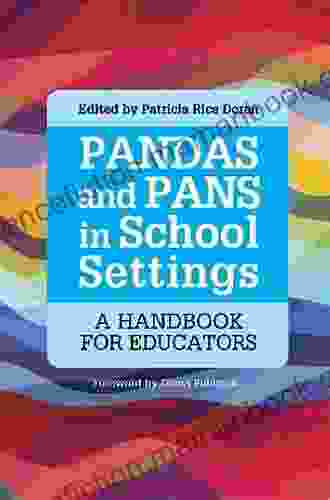
 Ronald Simmons
Ronald SimmonsThe Handbook for Educators: A Comprehensive Guide to...
The Handbook for...
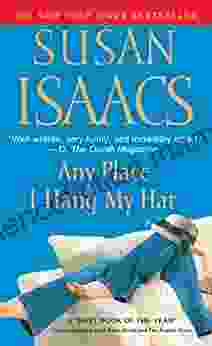
 Derrick Hughes
Derrick HughesAny Place Hang My Hat: A Hauntingly Beautiful Novel by...
A Masterpiece of...
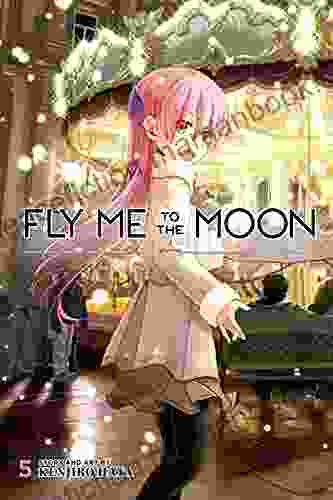
 Adrien Blair
Adrien BlairFly Me to the Moon Vol. 5: A Lunar Odyssey through...
In the vast...
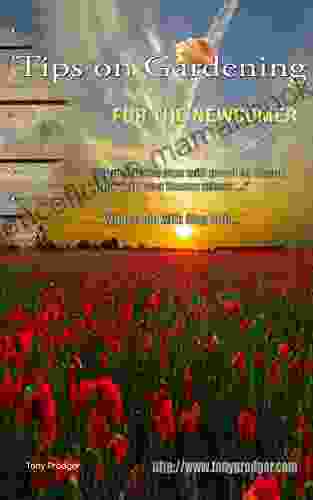
 William Powell
William PowellTips By Gardeners On Variety Of Subjects
Gardening...
4.3 out of 5
| Language | : | English |
| File size | : | 3096 KB |
| Screen Reader | : | Supported |
| Print length | : | 506 pages |


